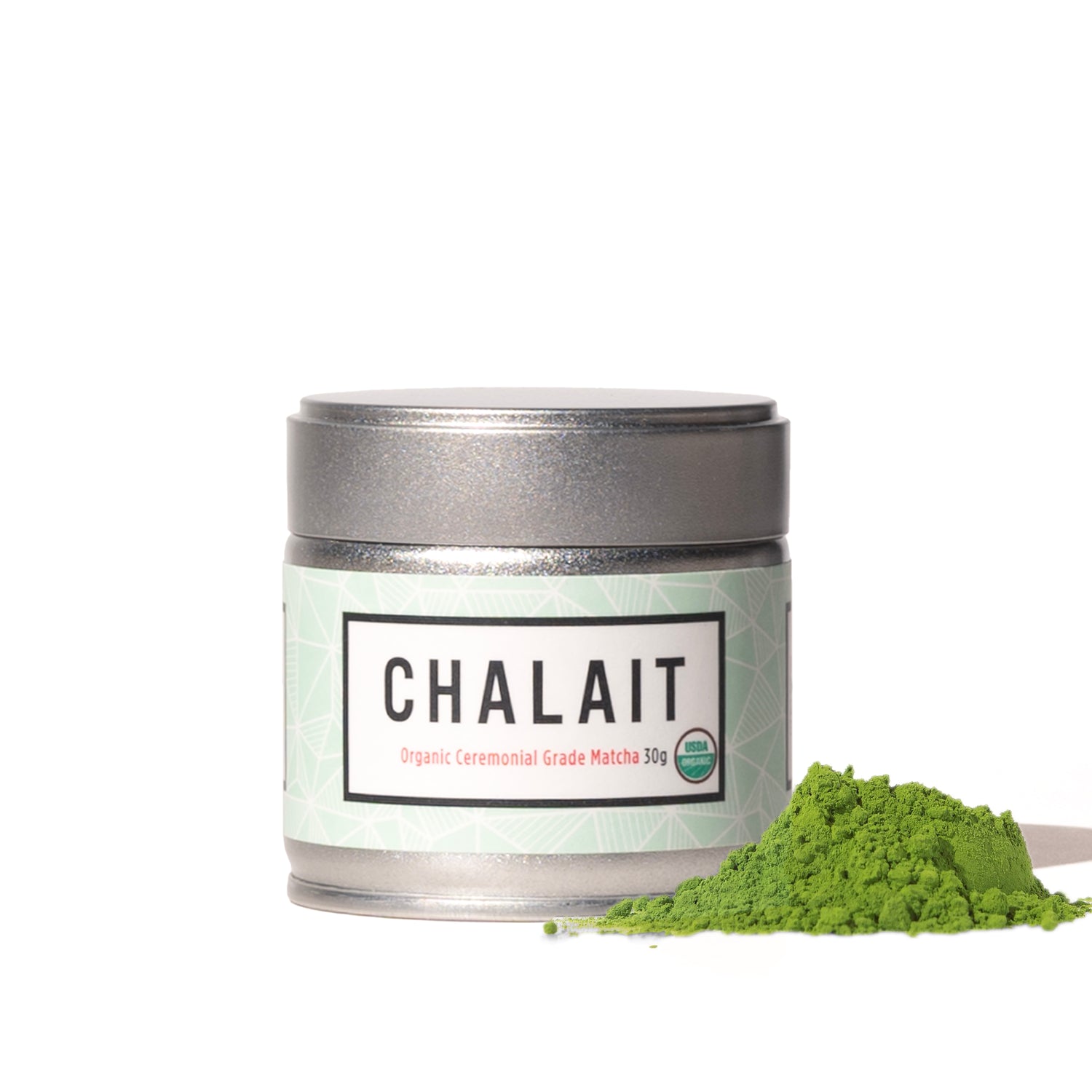For many people, discovering matcha feels like unlocking a secret to better mornings. It is vibrant, energizing, full of antioxidants, and has a calming ritual that coffee cannot match. But not every experience with matcha lives up to the promise.
If your matcha tastes bitter, looks dull, or leaves you feeling flat instead of focused, you are not alone. Even dedicated drinkers run into frustrations that can take the joy out of the cup. The good news is that each of these problems has a straightforward solution.
This guide will walk you through the most common issues and show you how to fix them so that every cup of matcha is smooth, vibrant, and rewarding.
Why Does My Matcha Taste Bitter?
A properly prepared cup of matcha should be smooth with a natural sweetness and a savory depth called umami. If your matcha tastes overly bitter, the most likely reason is the quality of the powder itself. Many inexpensive matcha powders are culinary grade, made from older tea leaves that produce a harsher flavor.
Ceremonial grade matcha, by contrast, is made from young shade-grown leaves that are carefully harvested and stone ground. This produces a bright green powder that delivers the sweet, mellow flavor people expect from authentic matcha.
If you have been disappointed by bitterness, it may be time to upgrade your powder. Explore Chalait’s Matcha Collection to find ceremonial blends designed for daily drinking.
Why Does My Matcha Look Flat and Clumpy?
A beautiful bowl of matcha has a smooth texture with a light froth on top. If yours looks dull or clumpy, preparation is usually the issue.
First, always sift your matcha before whisking. Because matcha is an ultra-fine powder, it can easily form small lumps when it touches water. Sifting breaks those up and creates a smoother base. Second, whisk your matcha in a fast "M" or "W" motion with a bamboo whisk rather than stirring in circles. This technique incorporates air and creates the fine layer of foam you often see in cafés.
Once you adjust your process, you will notice the difference immediately. If you are looking for step-by-step instructions, our Matcha Guide offers detailed tutorials on proper preparation.
Why Don’t I Feel the Energy Everyone Talks About?
One of matcha’s greatest benefits is its steady energy. Unlike coffee, which can cause jitters and a mid-morning crash, matcha combines natural caffeine with an amino acid called L-theanine. This pairing slows the release of caffeine and produces a calm, focused state of alertness.
If you are not feeling that effect, it may be due to the way your matcha is prepared. Use one to two grams of high-quality ceremonial grade matcha, and whisk it into water heated to about 175°F (80°C). Boiling water can burn the tea and reduce its beneficial compounds.
A study published by the National Institutes of Health explains how the combination of caffeine and L-theanine enhances cognitive performance and alertness. Choosing high quality matcha and preparing it correctly will help you feel that calm energy throughout your day.
If you are ready to try it, browse our ceremonial offerings here.
Why Is My Matcha a Dull Green or Even Brown?
Matcha should be visually striking. High quality ceremonial matcha is bright, vibrant green. If your matcha appears yellowish, brown, or simply dull, that is a sign of poor quality or poor storage.
Dull matcha may come from older leaves that were not shade grown, or it may have oxidized from sitting too long. To keep matcha fresh, always store it in an airtight container away from light, heat, and moisture. Once opened, it is best consumed within one to two months.
At Chalait, our matcha is packed fresh to preserve its color and nutritional value. See our full selection here.
Why Does Making Matcha Feel Complicated?
For beginners, the tools and techniques can feel overwhelming. Unlike steeping a tea bag, matcha requires sifting, whisking, and sometimes new equipment. But the process does not have to be intimidating.
Start with the basics. A whisk, a bowl, and your favorite ceremonial matcha are enough to create a simple and enjoyable ritual. Once you feel confident, you can expand into lattes, iced matcha, or even using matcha in baking.
If you want to build confidence quickly, explore the tutorials in our Matcha Guide.
Why Is Matcha More Expensive Than Other Teas?
It is true that ceremonial matcha costs more than standard green tea or coffee. The production process is labor intensive and requires careful shading, hand-picking, and stone grinding. These steps are what create matcha’s distinct taste and nutritional benefits.
However, a tin of matcha contains about 20 to 30 servings. When you calculate the cost per serving, it is often less than a daily café latte, and you are investing in a product with rich antioxidants and steady, clean energy.
If price has been holding you back, consider trying one of our entry-level ceremonial blends. Shop Chalait matcha hereto find an option that fits your lifestyle and budget.
How Do I Fit Matcha Into My Daily Routine?
Many people only think of matcha as a hot tea, but it is far more versatile. You can blend it into smoothies, stir it into overnight oats, mix it into baked goods, or even add it to savory dishes for an extra layer of flavor.
In addition to its flavor, matcha is rich in catechins such as EGCG, which have been linked to improved heart health and metabolism. Adding it to your diet in different ways ensures you receive those benefits regularly.
If you want to explore new recipes, visit our Matcha Guide for creative ways to enjoy it.
Bring Your Matcha Ritual to Life
Most frustrations with matcha come down to three things: powder quality, preparation technique, and storage. Once you make small adjustments in these areas, you will notice dramatic improvements in flavor, color, and the way you feel.
Matcha is more than a drink. It is a ritual that can center your day, provide steady energy, and introduce a moment of calm in a busy schedule. Whether you are just beginning or have been drinking matcha for years, the key is to start with high quality powder and learn the basics of preparation.
If you are ready to elevate your matcha experience, begin with our Matcha Collection and take a look at our detailed Matcha Guide. With the right ingredients and knowledge, every cup can be smooth, vibrant, and deeply satisfying.


